光伏光热一体化组件性能研究
摘要当今社会飞速发展,随之而来出现了能源短缺、环境污染等一系列问题,开发和利用新型清洁能源成为制约经济发展的重大瓶颈。太阳能光伏光热一体化系统是对太阳能发电和太阳能热水的综合利用,是未来对太阳能能源利用的趋势。本课题针对一种光伏光热一体化组件主要做了如下工作:(1)对光伏光热一体化组件的传热过程进行分析,在平板集热器传热模型的基础上建立了一体化组件的传热模型,用以计算一体化组件的热效率;并对光伏电池效率与电池板温度的关系进行分析。(2)搭建光伏光热一体化组件性能测试实验台,并在一体化组件两端串联标准电阻形成电回路。利用恒温水浴装置调节一体化组件进水温度,通过旋转支架调节一体化组件倾角,调节旁通...
相关推荐
-
XX中学英语学科质量提升计划书VIP免费
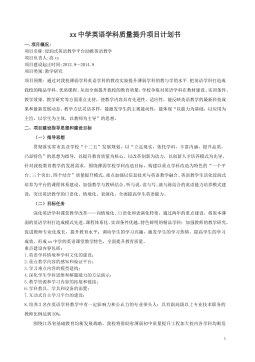
 2025-01-09 8
2025-01-09 8 -
VIPKID-美国小学在家上-在线英语学习项目商业计划书VIP免费

 2025-01-09 8
2025-01-09 8 -
English TV--英语学习智能视频平台创业商业计划书VIP免费

 2025-01-09 10
2025-01-09 10 -
English TV,4--英语学习智能视频平台商业计划书VIP免费

 2025-01-09 12
2025-01-09 12 -
260Educotton-让孩子快乐学习英语的平板电脑商业计划书VIP免费

 2025-01-09 11
2025-01-09 11 -
XX英语学校创业策划书VIP免费

 2025-01-09 10
2025-01-09 10 -
Ustudy-K12英语在线学习产品商业计划书VIP免费
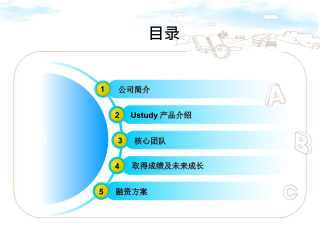
 2025-01-09 11
2025-01-09 11 -
Strawberry English School (SES)英语培训学校计划书VIP免费
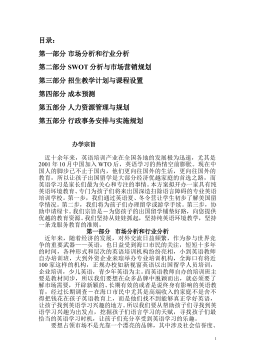
 2025-01-09 13
2025-01-09 13 -
《天中英语智能电子公司创业商业计划书》VIP免费
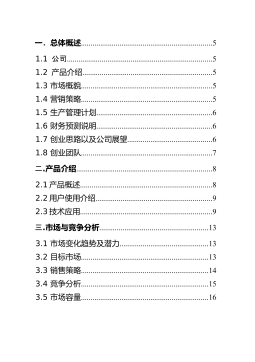
 2025-01-09 13
2025-01-09 13 -
XXXX少儿英语培训学校创业计划书VIP免费
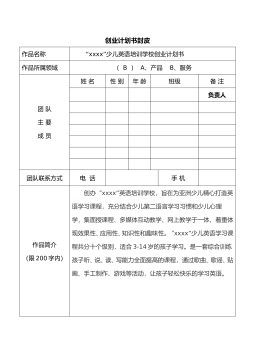
 2025-01-09 13
2025-01-09 13
相关内容
-

XX英语学校创业策划书
分类:中小学教育资料
时间:2025-01-09
标签:无
格式:WPS
价格:10 积分
-

Ustudy-K12英语在线学习产品商业计划书
分类:中小学教育资料
时间:2025-01-09
标签:无
格式:PPTX
价格:10 积分
-

Strawberry English School (SES)英语培训学校计划书
分类:中小学教育资料
时间:2025-01-09
标签:无
格式:DOC
价格:10 积分
-

《天中英语智能电子公司创业商业计划书》
分类:中小学教育资料
时间:2025-01-09
标签:无
格式:DOC
价格:10 积分
-

XXXX少儿英语培训学校创业计划书
分类:中小学教育资料
时间:2025-01-09
标签:无
格式:DOC
价格:10 积分






